This year, we have had a lot of rain in Florida, and it’s had a major impact on our local trails. The trail I ride most often has gone from fast and flowy to full-on enduro. The suspension on my XC bike is having a hard time keeping up with the changing trail conditions. Unfortunately, I don’t have the means to buy a bike that is more suited to the current rough trail conditions. But there are other things I can do to cope.
Find new lines

The heavy rainfall we’ve had recently caused rivers of water to flow down sections of trail, erasing the lines I knew so well. In their place are cracks, crevices, and exposed roots, along with large deposits of loose dirt and sand that was washed downhill. It’s like riding a whole new trail. Through trial and error, I am finding a new line through the trail that minimizes the impact to me and my bike.
When weather impacts your local trails, take time to study them and look for the new lines. It’s a difficult process, especially since your body instinctively gravitates toward the old lines.
Make adjustments to tire pressure and suspension

I keep track of how much tire pressure and shock pressure I run on my rides, and use the numbers on good rides as a baseline. When trail conditions worsen, those numbers have to change in order to maintain a smooth, controlled ride.
I suggest lowering tire pressure by 1-2 pounds in order to get more grip on exposed roots. Just be careful not to go too low, which might result in a flat, or, worse, a damaged rim. Lower the air pressure in the suspension, and add a couple of clicks of rebound, in order to soak up the rough patches in the trail. But make sure you don’t bottom out the suspension, which could cause major damage.
Stay loose
When I see a lot of gnar on the trail, my natural reaction is to tense up and brace for impact. That’s the worse thing a rider can do in such conditions.
Tensing up causes a battle between rider and bike, and quickly results in fatigue. In addition, this leaves no margin of error if things go south.
Instead, try to stay loose and limber. Guide the bike in the direction you want it to go, while allowing the bike to move a little underneath you. It will help smooth out the rough spots in the trail. I’ll admit it’s a scary feeling to allow the bike to move like that, but that is what the bike is designed to do over rough terrain. Trust me, you will get used to the movement in time, and grow to love it.
Expect the unexpected

The summer thunderstorms we experience in North Florida bring more than just rain. Heavy wind gusts and lightning are a common occurrence. After a storm, it is not surprising to see down trees and other debris scattered across the trail. In this situation, it’s important to be very alert while riding, and dial back the intensity level. If you are going flat out, and come across an unexpected obstacle in the trail, chances are you won’t have time to stop.
I always ride on the cautious side, especially on night rides, so that I have ample time to see and react to any unexpected obstacles on the trail. I’ll take a slower ride over a trip to the ER any day.
Be prepared

Rough trail conditions can result in mechanical issues for even the best riders. Recently, I sustained my first flat since I went tubeless. Luckily, I had a tube, tire levers, and a hand pump with me. I was able to put a tube in and finish my ride.
Always carry items such as a multi-tool, tube, tire levers, hand pump, and chain link when riding rough trails. The odds are you will need them at some point in time, and you do not want to be stranded in the middle of nowhere, hoping another rider will come along and take pity on you.
A final note
All the tips I mentioned above apply to rough, but dry, trails. Do NOT ride when the trails are wet and muddy. Riding through a muddy trail will damage it. If the trail is soft enough to leave a rut, stay off of it until it is dry.
Finally, if you feel like your trails are unsafe, or at risk for further damage due to weather or riders, contact your local bike club and see how you can get involved. Most clubs rely on volunteers to help get trails back into shape after being damaged!





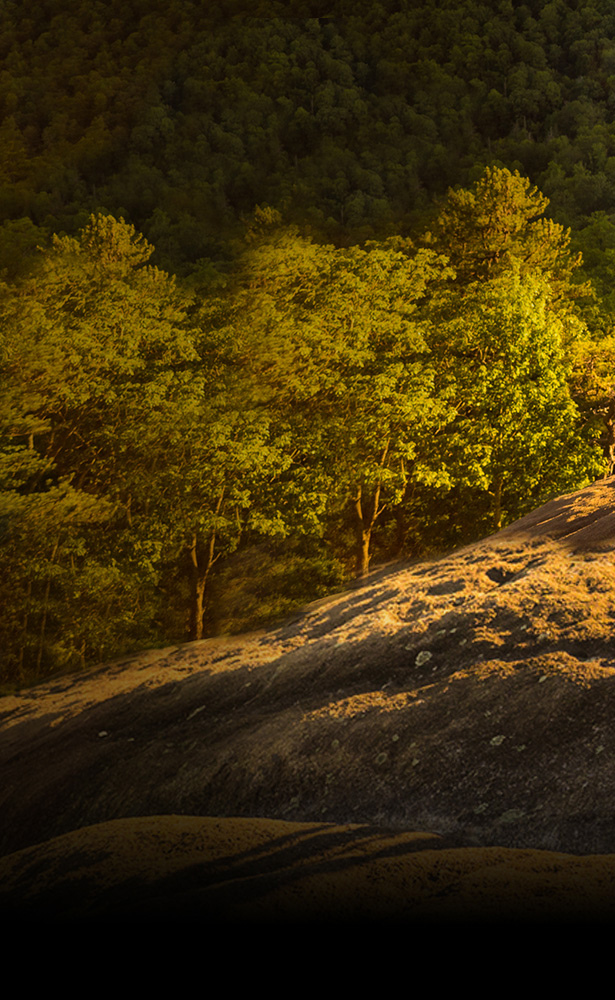
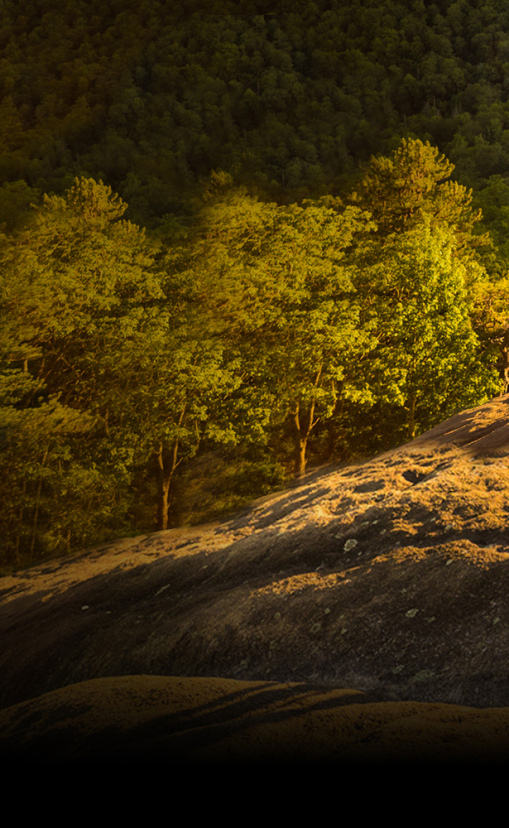
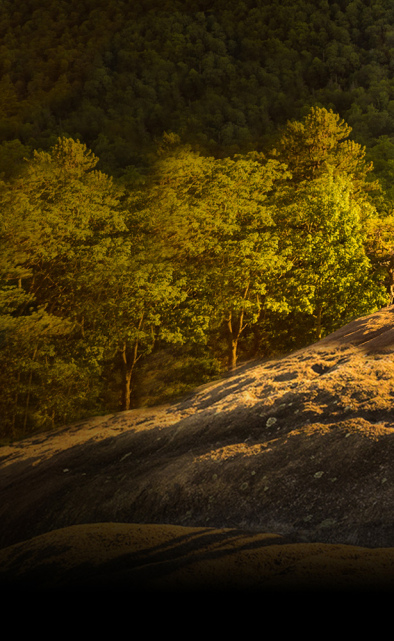
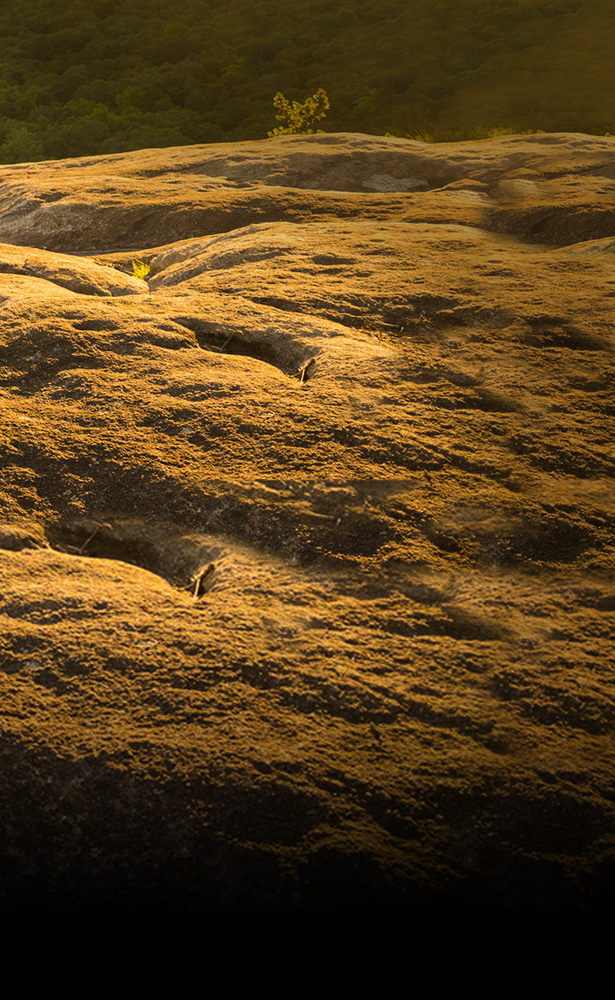
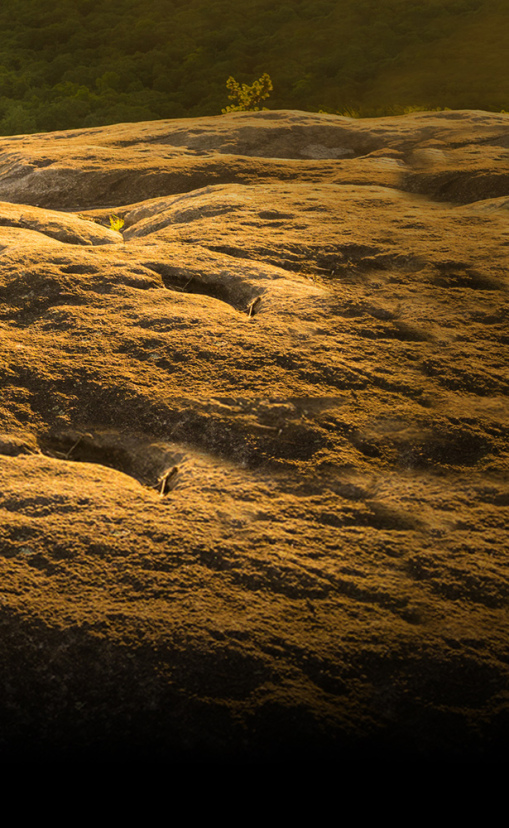







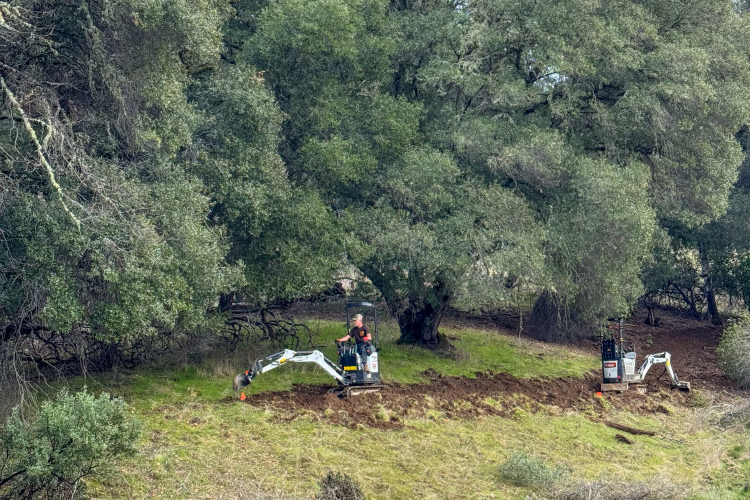
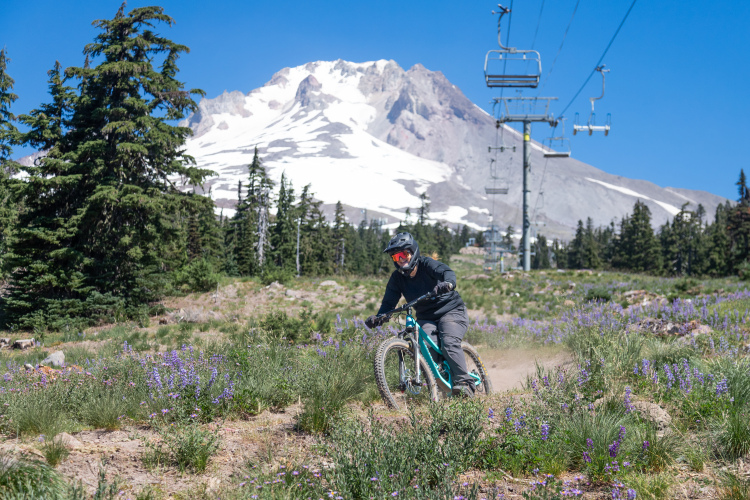

1 Comments
Sep 12, 2018